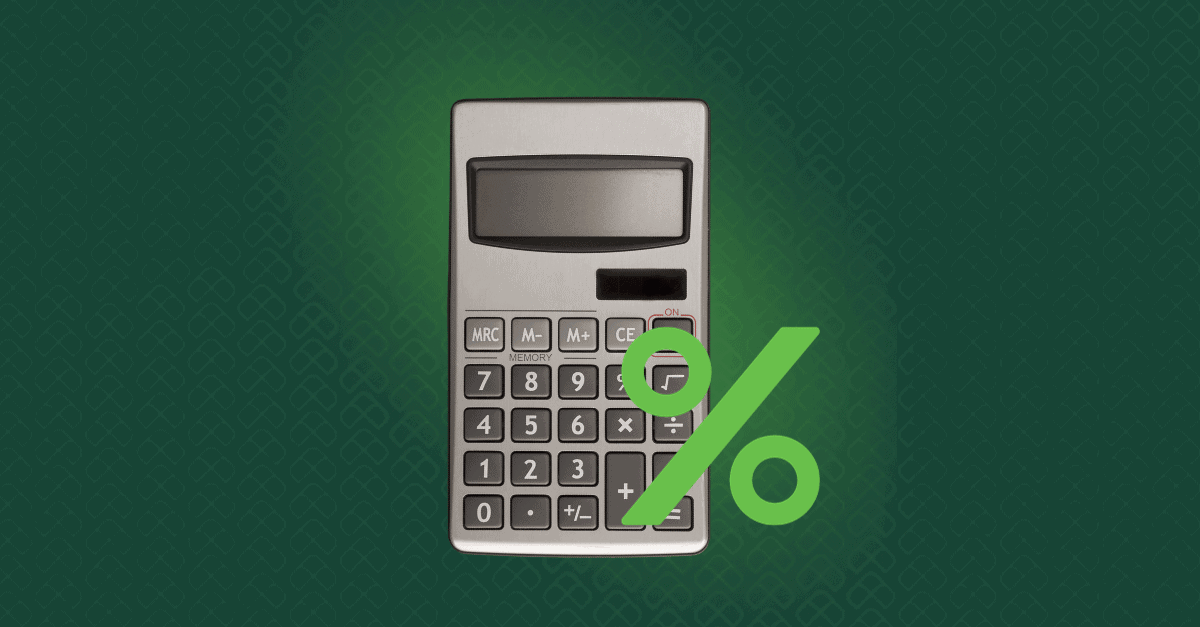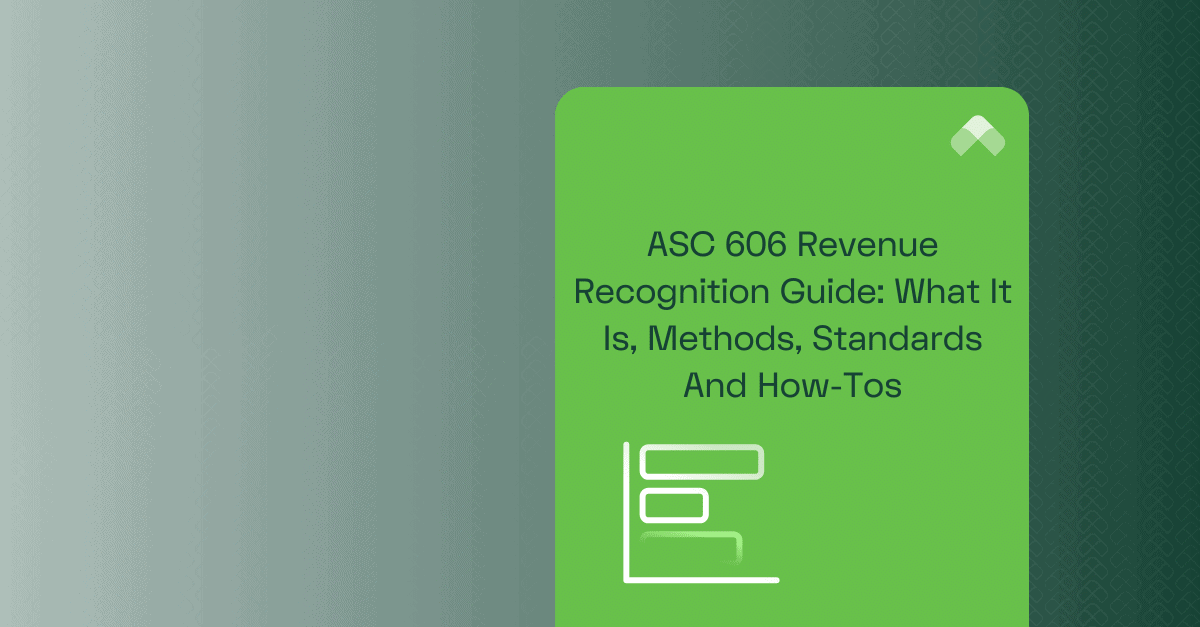Every sale has a corresponding accounting method that best recognizes and attributes revenue to the correct payer and period. There are many different methods to account for revenue, but the cost recovery method is one of the most conservative approaches when it comes to recording profits. The cost recovery method is an accounting method in which businesses don’t recognize profit until it exceeds their costs on a sale. In essence, that means not recording net revenue until cost is fully recovered.
Cost recovery accounting is highly effective in industries where actual income is uncertain until secured—such as retail and sales. This guide delves into their purpose and function, provides implementation guidance, and explores a few prime examples of the cost recovery method in action.
What Is the Cost Recovery Method?
According to International Financial Reporting Standards (IFRS), cost recovery is a revenue recognition method under which net revenue is not recorded until all related costs have been recovered via payments from the customer. In essence, profitability and net revenue are not recorded until all associated costs have been paid.
ASC 606 is the primary revenue recognition principle supporting cost recovery, and it applies to:
- Sales of goods
- Services rendered
- Any use of your assets that results in royalties, dividends, or interest
The cost recovery method follows this standard by not recording profit until the seller’s costs to deliver the goods/services have been recovered. In a way, cost recovery efforts are the following: Don’t count your chickens before they hatch.
Accounting doesn’t assume any profit until cash collected is greater than your costs to deliver the product and/or service to that customer. This method avoids premature revenue recognition, future errors, and revisions on your ledger.
This approach separates cost recovery from other revenue recognition methods. While other methods may recognize revenue as generated, recovery only occurs once cost is recouped.
Businesses rely on the cost recovery method for various reasons, including:
- Income tax timing and implications
- Uncertainty of future revenue events
- Not wanting to misrepresent their financial health to owners and investors
- Avoiding ledger readjustments to reconcile actual sales figures
Because of the uncertainty of future trends and buying patterns, retail stores provide a common use case for the cost recovery method. Freelancers—such as artists, writers, caterers, and more—can use the cost recovery method as their revenue is less determined than workers signed to fixed contracts.
The Importance of the Cost Recovery Method
One of the primary reasons companies aim to recover costs is to mitigate risk. With established contracts, there’s a reasonable expectation of receiving payment. However, producing goods or services without having customers lined up does not lead to revenue recognition.
Instead, it would typically result in an adjustment to inventory, not revenue. If a company were to misrepresent its value by recording revenue for unsold goods, it could be considered financial statement manipulation, which is a serious offense and could lead to criminal prosecution for those involved.
A couple of other reasons companies may utilize cost recovery over other methods include:
- Legal compliance: As mentioned, the cost recovery method aligns with ASC 606 and IFRS 15 standards, can help you avoid misrepresenting your books, and can even keep you out of legal trouble.
- Risk mitigation: Since revenue recognition is aligned with cost, this essentially helps mitigate recognizing more revenue than you should. It’s a more conservative method in which to recognize revenue.
- Tax avoidance: Delaying revenue recognition using the cost recovery method also means a company is delaying the recording of profit and, therefore, delaying the impact of income taxes.
Key Concepts and Principles
Consider the guiding principles below to better understand the cost recovery method’s functions and rules.
Revenue Recognition: The Cost Recovery Method
As noted, revenue is only recognized under the cost recovery method when you start making a profit. Imagine producing $10,000 worth of inventory you plan to sell for $20,000 in a future accounting period. You must include the total cost of producing the goods in your initial accounting cycle but cannot tack on the revenue from selling them until your initial funds are fully recovered.
Cost recovery formula: Cost recovery = total revenue – product costs
So, if they sit on the shelf for a few years until they’re finally purchased, they’ll stay on your books as deferred gross profits until then. This is the opposite approach to other popular methods, including:
- The installment method: The installment method breaks down lump sums of revenue—such as those from the sale of property—into multiple smaller payments for tax and bookkeeping purposes.
- The completed contract method: The CCM defers all revenue until you meet all your performance obligations and your contract is finished (such as when a company completes a construction project).
Cost Allocation
Cost allocation is tracking your operating expenses to the cost objects they benefit or produce. Cost object functions as an umbrella term for any operations that require capital to fund, including:
- Departments
- Programs
- Products
- Branches of a company
There are two different kinds of costs to understand for revenue recognition purposes:
- Direct costs: These expenses can be directly linked to a product or service, so it is obvious what associated cost objects to assign them to (e.g., a team of workers’ wages who produce a singular, specific product).
- Indirect costs: These expenses benefit your company but aren’t directly linked to a specific cost object (e.g., security, rental, and administrative costs). Since they don’t particularly benefit any singular cost object, they can be divided equally and assigned to all of them.
Distinguishing between these two expenses is essential for the cost recovery method, as you should only assign associated costs to deferred revenue (known as the matching principle). It’s permissible to include a representative portion of your indirect cost rate in deferred revenue, but be careful not to misrepresent the potential profit you’ll likely receive in the future.
Steps in Implementing the Cost Recovery Method
The following considerations should be kept in mind if you plan on utilizing the cost recovery method for recognizing revenue:
- Identify applicable projects or contracts: For a revenue stream to qualify for the cost recovery method, there must be a latent, uncertain period between the production of goods or services and payment. If you receive immediate payment or have revenue trickling in regularly via a contract, utilize a different recognition technique.
- Track costs and cash accurately and consistently: The recovery method requires tracing the production and investment costs of your goods and services. Per the matching principle, deferred revenue must align with your actual costs, so ensure all expenses are accurately allocated.
- Set up accounting systems to support your method: The recovery method can be complex, so rather than wasting your accountant’s time tracing deferred revenue to its realization, trust in accounting automation software with customizable revenue recognition rules to do the job.
Examples of the Cost Recovery Method
The following are two hypothetical scenarios that better illustrate the cost recovery method in action.
Example 1: Construction
Let’s envision a large construction company undertaking a multi-year project. To utilize the cost recovery method, they must first:
- Identify their costs: This includes labor, materials, permits, equipment, and any other expenses particularly related to the project.
- Track payments as they come in: They should debit deferred gross profit until they hit their break-even point.
- Identify when they’ve realized profit: Once they push past the break-even point and begin making a profit on their project, they can begin crediting their books with realized gross profit.
Example: Company ABC Construction enters into a contract with XYZ Enterprises to provide $100,000 worth of services. ABC Construction determines that the cost associated with the project is $50,000. XYZ Enterprises will pay ABC equal installments of $25,000 each period until the project is completed (revenue will tie to cash received for the sake of the example). Under the cost recovery method, ABC will recognize profits in the following manner:
| Period | A/R (Invoice) | Total Cash Received | Total Revenue Recognized | Total Cost Unrecovered | Realized Profit |
| Period 0 | $100,000 | $0.00 | $0.00 | $50,000 | $0.00 |
| Period 1 | $0.00 | $25,000 | $25,000 | $25,000 | $0.00 |
| Period 2 | $0.00 | $50,000 | $50,000 | $0.00 | $0.00 |
| Period 3 | $0.00 | $75,000 | $75,000 | $0.00 | $25,000 |
| Period 4 | $0.00 | $100,000 | $100,000 | $0.00 | $50,000 |
Example 2: Software
Now, let’s think about a software company developing a custom tool for a client. They’ll have to take a similar approach to the construction corporation, including:
- Identifying costs: For a software team working on a sponsored project, the primary costs include labor hours, server space, computer equipment, and other similar expenses.
- Factoring expenses into their revenue stream: Once they start getting paid, they can include their deferred revenue in their balance sheet alongside their operational costs.
- Realizing profit: Once the company has recovered costs, it can post its realized profit to its books. However, this opportunity may not come for software builds until the final moments of a job if the majority of payment is contingent upon project competition.
Master the Cost Recovery Method With Accounting Automation from RightRev
The cost recovery method of accounting stipulates that you don’t record profits until you’ve recovered all costs associated. Instead, you’ll post payments as deferred gross profit until you reach a break-even point.
Be sure to track your expenses carefully. When subtracting revenue on a particular project, you should only calculate direct operational costs (and a representative percentage of indirect costs).
Be sure to thoroughly consider the ins and outs of the cost recovery method to see if it fits your business’s needs. Whatever revenue model you decide on, RightRev has your back with automated accounting support and customizable recognition rules along with the ability to track corresponding costs related to each revenue line.
Whether you decide on the complex, latent method of cost recovery or simply choose to recognize all your revenue upon a project’s completion, RightRev can handle the intricacies of your company’s specific revenue needs.
Request a demo to simplify revenue recognition procedures for your accounting team.




